
Hi, I'm Doug Lardo, a solutions architect at Riot Games. In this article, I'm going to introduce the concept of Fault Injection Testing, and talk about the Riot Games API and how they implemented it. Then I’ll discuss our testing methods, what we found, and soap box a little bit about high availability design along the way.

Hi all, Brian "Penrif" Bossé here with a fresh batch of gory, nerdy details surrounding an outage for League. Today we'll be going through why the EU West shard was out to lunch for just over five hours on January 22, 2021. We don't always write these things up - they take time to do and the reasons for outages aren't always that interesting - but this one was particularly painful as it was quite long and on the heels of some other, unrelated outages so figured it'd be worth a dive.
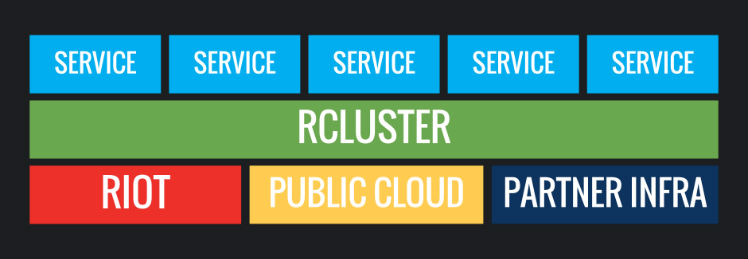
In our previous article, we discussed some of the networking involved in rCluster, Riot’s solution for worldwide application deployments. Specifically, we talked about the concept of overlay networks, an implementation we leverage called OpenContrail, and how that solution plays with Docker. In this post, we’ll build on that foundation and dive deeper on other topics: infrastructure as code, load balancing, and failover testing.
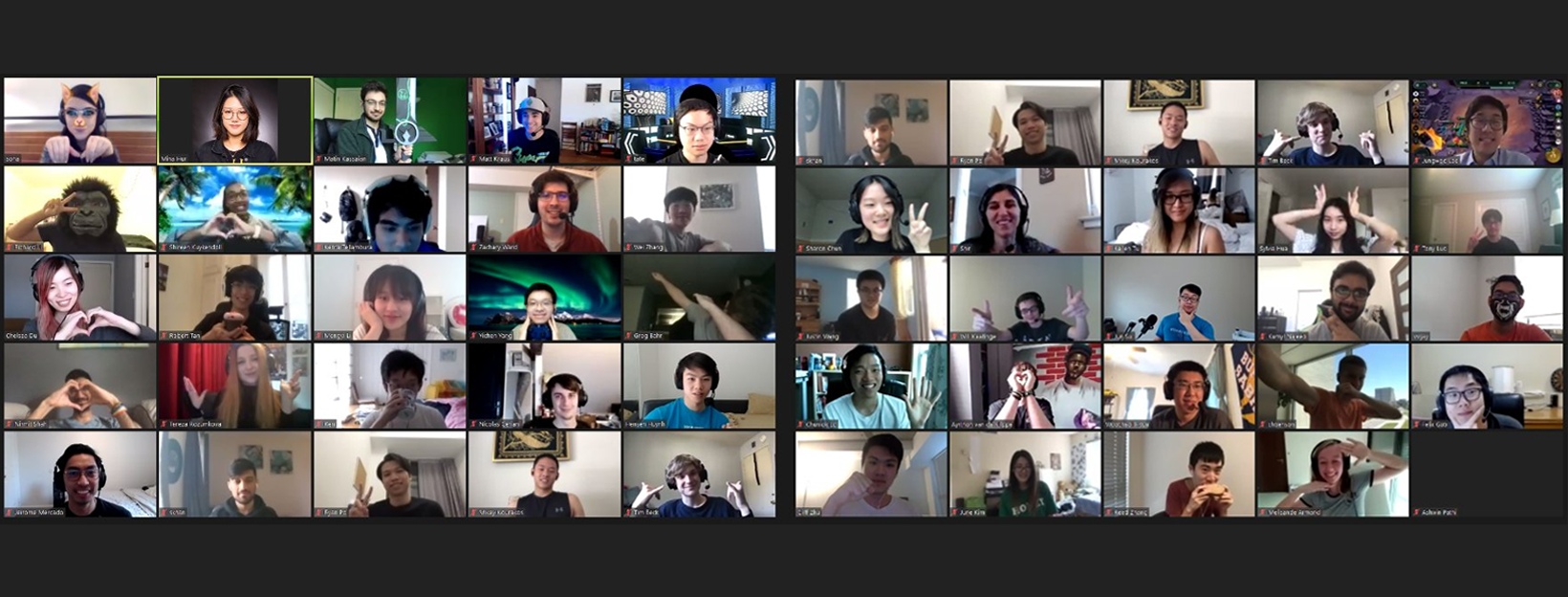
The Riot internship program exists to help players drive their professional and personal development. This is the second post in the 2020 intern series - be sure to check out the first post as well.
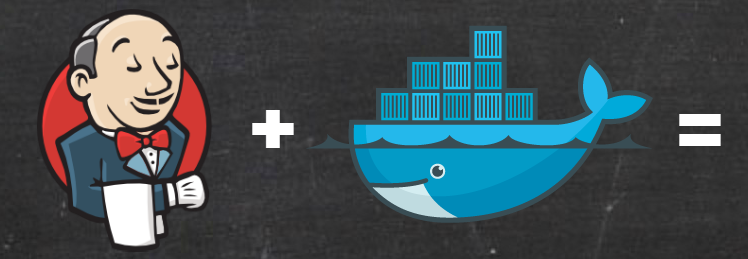
In this tutorial, you’ll learn:

Heyo! We’re Cody Haas and Ivan Vidal, and we’re engineers on the Riot Direct team. It’s been a while since you’ve heard from our team. So in this article, we’re going to tell you a bit about what we’ve done to reinforce consistent and stable connections, reduce latency, and improve the overall player experience for our entire multi-game portfolio.
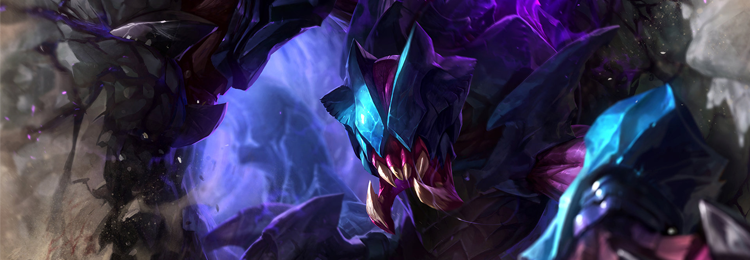
Hi, I’m Tony, and I’m an engineer on League. This article is a followup to my performance series, where I talk about optimisation and profiling. This will be a high level overview of how we monitor game performance in League of Legends, how we detect when a performance degradation has slipped through QA and escaped into the wild, and how we track global trends in frame times over many patches and millions of players. I hope you enjoy it!

In this article, we explore some of the challenges the team faced when reviving the Nexus Blitz game mode this year, from upgrading older systems to making them more accessible for future developers.
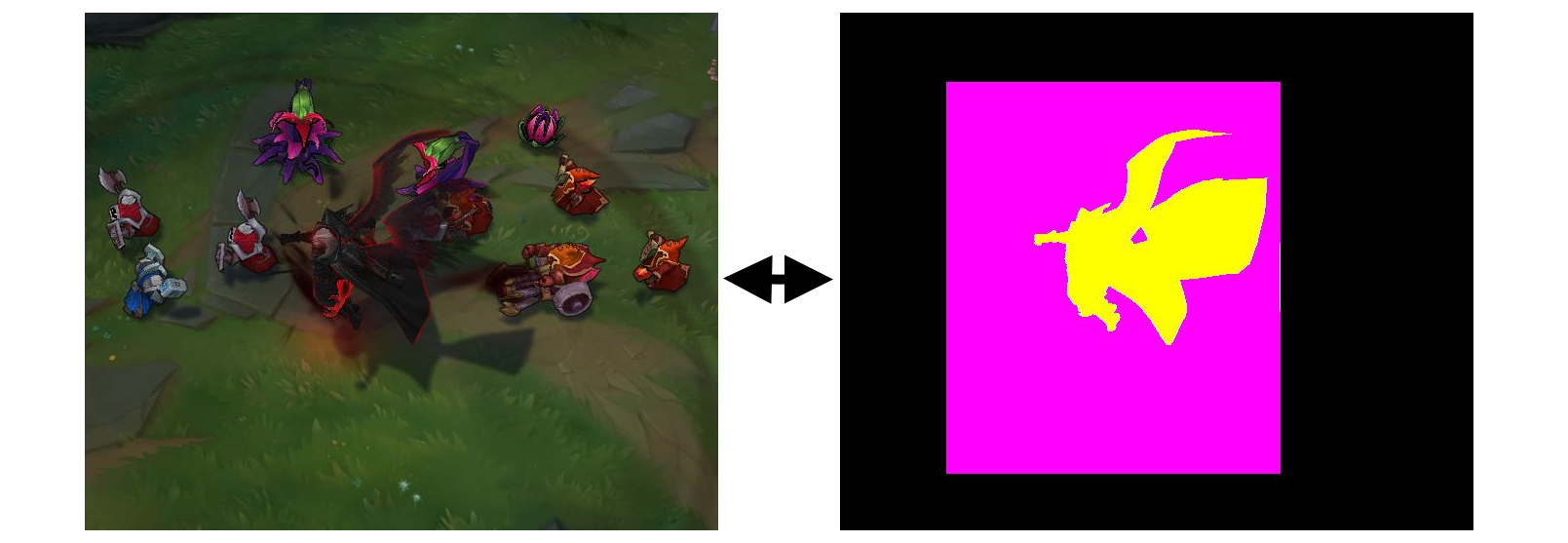
Hi, I’m Tony Albrecht, an engineer on League. You might remember me from such articles as Profiling: Measurement and Analysis and Profiling: Optimisation where we looked at how we find and optimise performance bottlenecks in the LoL code base. In this article, we’re going to take a step back and look at how we detect and then fix real world performance issues that slip out past our QA and monitoring systems and escape into the wild to plague you, The Player.
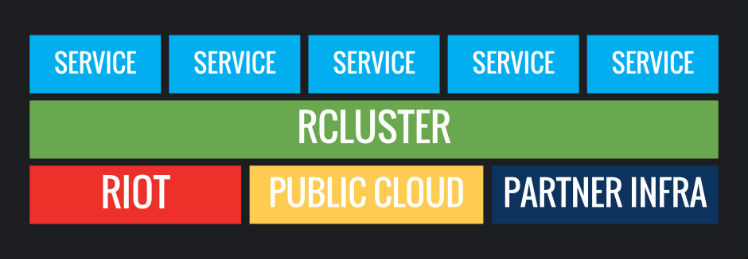
Welcome back readers to the Running Online Services at Riot blog series. My name is Maxfield Stewart and I’ve written before about how we use containers to build containers on an open source platform. Today’s article will dig into the five key requirements for any micro-service to become a live running application on our container platforms at Riot.










